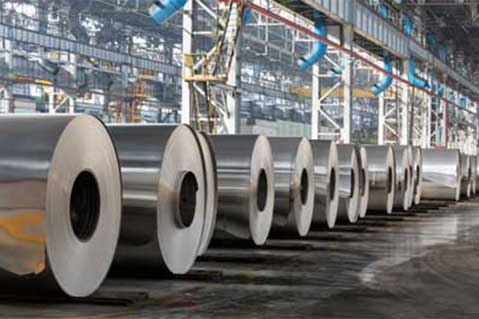News June 01, 2017
China PMI Beats Expectations in May
Activity in China’s vast manufacturing sector beat the predictions of economists and held steady in May, but concerns about an overall slowdown in the economy persist. The closely watched National Bureau of Statistic’s Purchasing Managers’ Index (PMI) tallied 51.2 last month, the same as in April, but above the consensus expected score of 51 forecast by economists. Readings above 50 indicate expansion.
Nonetheless, some analysts expect the pace of China’s total economic growth to slow considerably in the second half of 2017. Firmer restrictions on local government spending, possible scaled-back infrastructure outlays, higher interest rates, and an atrophying property market are among the factors that could contribute to the tapering off, some analysts say. Reduced coal consumption was among the other telltale signs economists said could point to a slowdown.
“Together with rising rates and financial market uncertainty, this raises the risk of softer economic activity,” Citibank said in a report. Amid such concerns, Moody’s last week downgraded China’s government debt for the first time in about three decades.
Even so, the PMI reading, a significant measure of business sentiment in China, is one sign that the slowdown in growth in the nation’s economy might not be happening as rapidly as some analysts believe. For instance, relatively strong total first quarter growth has Chinese officials more assured that target annual economic growth of 6.5% will be achieved.
Adding weight to that notion is the fact that China’s official services PMI accelerated from 54 in April to 54.5 in May. Even more impressively, China’s steel sector PMI rose from 49.1 in April to 54.8 in May, with new orders driving what was the fastest rate of growth in a year. Meanwhile, ANZ expects infrastructure investment to be a major driver of growth in the months ahead.
“Infrastructure investment appears to have decoupled from the current financial deleveraging in our view. This, together with the jump in the steel sector PMI, may indicate a solid outlook for fixed asset investment,” Betty Wang, ANZ’s senior China economist, wrote in a note.
As a result, robust fixed asset investment could help power second quarter growth of 6.6%, ANZ projects.
